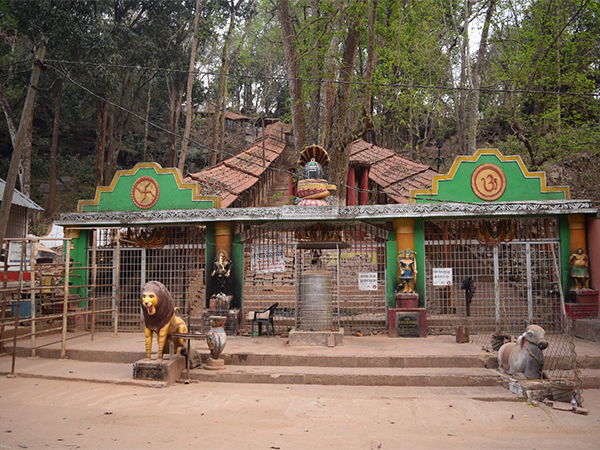Gupteswar forest, located near the Gupteswar Shiva temple within the Dhondrakhol reserve forest of the Jeypore forest division in Odisha’s Koraput district, has been officially recognized as the state’s fourth Biodiversity Heritage Site (BHS).
Spread over a demarcated area of 350 hectares, the site holds immense significance not only for its sacred groves, revered by the local community for generations, but also for its rich diversity of flora and fauna.
As per the comprehensive biodiversity inventory and survey conducted by the Odisha Biodiversity Board, the area is home to an impressive 608 faunal species. Among these are 28 species of mammals, 188 species of birds, 18 species of amphibians, 48 species of reptiles, 45 species of fish, 141 species of butterflies, 43 species of moths, 41 species of odonates, 30 species of spiders, six species of scorpions, and 20 species of lower invertebrates.
Notable among the faunal species documented here are the mugger crocodile, kanger valley rock gecko, grove bush frog, as well as avifauna such as the black baza, Jerdon’s baza, Malabar trogon, common hill myna, white-bellied woodpecker, and banded bay cuckoo.
The limestone caves within the Gupteswar forest also provide habitat for eight species of bats, two of which—galeritus and Rhinolophus rouxii—are categorized as near-threatened according to the International Union for Conservation of Nature.
The forest boasts a diverse array of flora, including 182 species of trees, 76 species of shrubs, 177 species of herbs, 69 species of climbers, and 14 species of orchids. Additionally, the presence of threatened medicinal plants such as the Indian trumpet tree, Indian snakeroot, Cumbi gum tree, Garlic pear tree, Chinese fever vine, Rohituka tree, Jodpakli, Indian jointfir, as well as various wild crop relatives of ginger and turmeric underscores its ecological significance. Moreover, agriculturally and industrially important microorganisms thrive within this pristine ecosystem.
The designation of Gupteswar as a BHS not only strengthens the cultural bond between the local populace and the forest but also plays a pivotal role in safeguarding its invaluable biodiversity. With this designation, Odisha now boasts four Biodiversity Heritage Sites, including Mandasaru BHS in Kandhamala district, Mahendragiri BHS in Gajpati district, and Gandhamardan BHS in Bargarh and Bolangir district.
The state government has urged the Odisha Biodiversity Board to devise a comprehensive long-term conservation and development plan for these sites, with a focus on active involvement of local communities. An allocation of Rs 35 lakhs has been earmarked for the formulation of an action plan and for conducting awareness campaigns among local residents.
Members of the local community said protecting and conserving the forest will not only contribute to their livelihoods through eco-tourism but also facilitate sustainable harvesting of minor forest produce.














